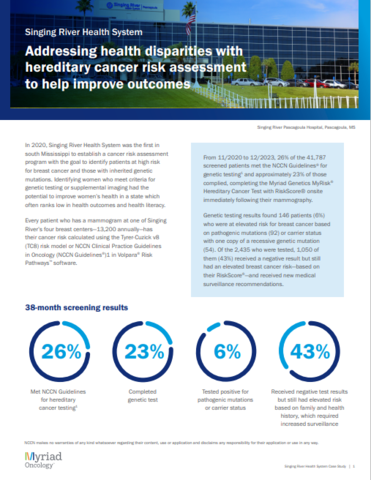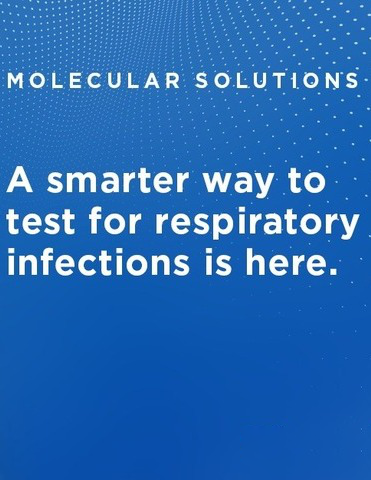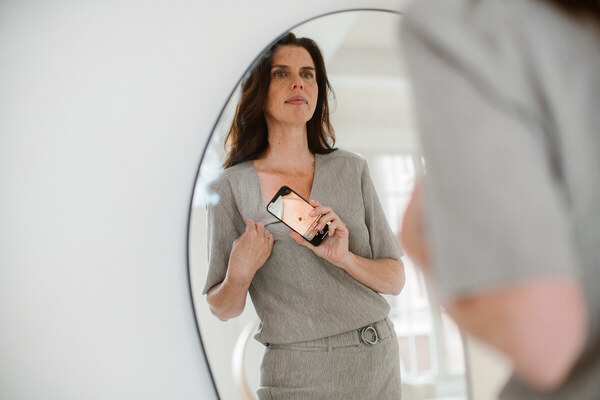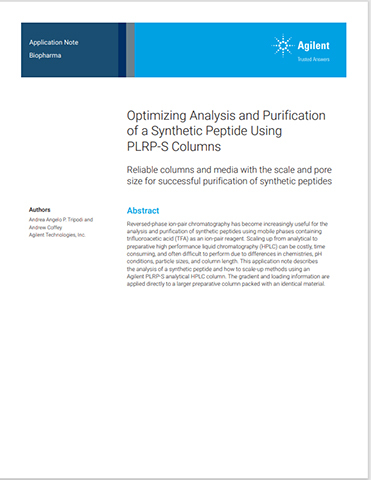Clinical experience on demand: how VR could relieve the pressure from the training bottleneck
Is edtech in healthcare just a fad, or a way to train new nurses faster and better than before?
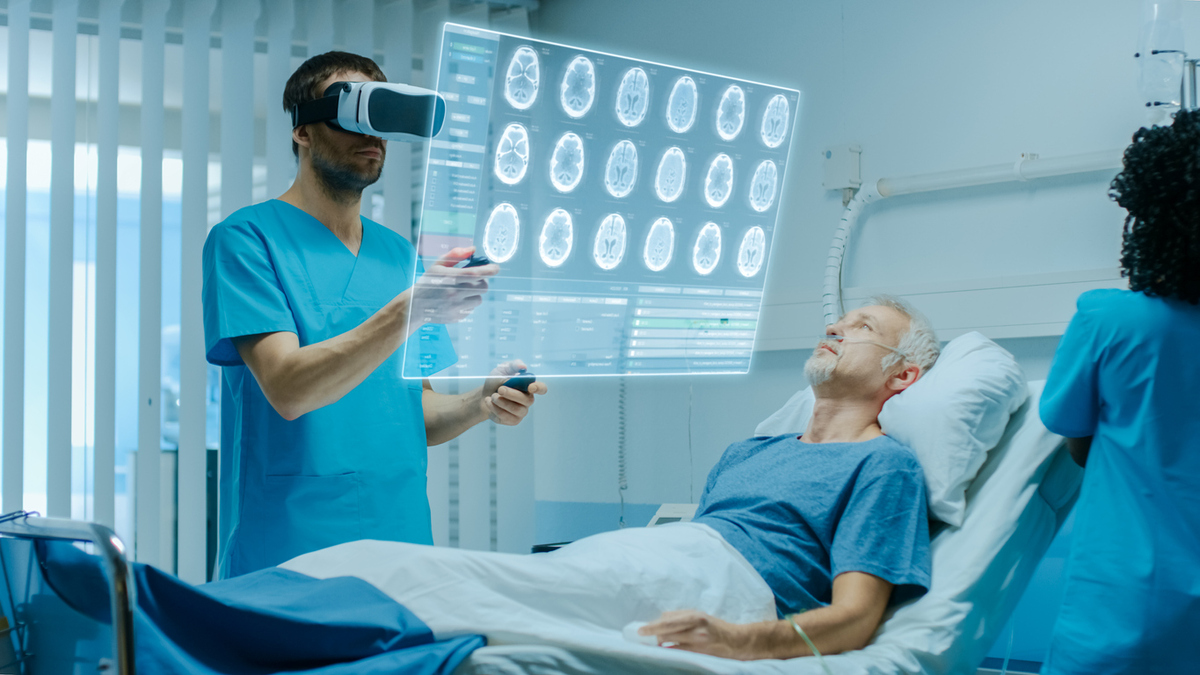
According to the Nursing and Midwifery Council (NMC), the number of registered nurses reached a record high of 731,058 this year, since it was first measured in 2002. Health Education England (HEE) and the NMC, an independent regulator, have gone to great lengths to remove the obstacles in the way of recruiting more health professionals, either from the domestic labour market or from abroad.
In 2017, HEE developed and launched a new nursing associate role, as well as a corresponding two-year training programme for health and care assistants who, once registered as nursing associates, can top up their studies and convert from nursing associates to registered nurses.
This frantic dash to train up much-needed new staff for a beleaguered health system comes with its own symptoms, however. As nurse training comprises both theoretical studies and clinical practice, the more nurses are being trained, the greater burden it puts on existing hospital nurses to manage them on their placements.
To square the circle, the NMC gave in to pressure post-Brexit to cut the number of practice learning hours, amending its standards to allow a maximum of 600 of the 2,300 compulsory hours of on-the-job training to be replaced by simulated learning.
In line with this new trend, the government provided universities with £15 million in funding in 2021, to be spent on procuring technology that can enable simulations and VR learning environments. At the confluence of constraints, advancing technology and funding, there are today several universities in the UK that offer VR practice as part of their nurse training.
How universities are building partnerships with edtech providers
Universities that launch VR nurse training programs partner with virtual simulation companies to deliver evidence-based learning experiences. One partner on the UK scene is Oxford Medical Simulations (OMS), founded by physician Jack Pottle.
OMS is an official provider of education for the University of Oxford, and has also supplied Middlesex University with VR headsets that students can use in its state-of-the-art four-bed simulation ward. It develops software that can create immersive simulated environments where people can interact as in real life, offering nurses and other clinicians training on demand.
Pottle, who is also the Chief Medical Officer of OMS, however, emphasises that the company’s software has been designed to enhance nurse trainees’ soft skills such as clinical decision-making, critical thinking and clinical reasoning, rather than technical skills.
Therefore the point of the software is not to cover all the hundreds of possible scenarios that a nurse might encounter in a hospital ward but, rather, to practise ones where these more general skills can be effectively acquired. The training solution offers more than a hundred scenarios, for cardiac, respiratory, gastrointestinal and other major emergencies that nurses can come across frequently in real life.
Other institutions, such as Bournemouth University (BU), have dipped their toes in VR simulation by singling out a condition that can cause major health crises: in BU’s case, hypoglycaemia, where a person’s blood sugar levels can become dangerously low, and which mostly affects those with diabetes. It was Birmingham-based virtual worlds and AI solution provider technology company Daden that the BU team worked closely with to create an app based on a case study that simulated this emergency.
Some virtual training experience feels more real than others
The number of scenarios is not the only feature that distinguishes VR systems in this space. Perceptual fidelity is equally, if not more, important. Patients can be represented by virtual dummies that look the part, almost as well as flesh-and-blood patients, while trainees can often choose between dozens of nurse avatars.
GigXR’s HoloPatient application, an immersive learning platform whose parent company is headquartered in Los Angeles, offers true-to-life holographic simulation of patients in their scenarios.
The student learning experience wouldn’t be complete, however, without the experience of touch. Several solutions operate with haptic sensors that recreate the sense of touch when a trainee is interacting with an equipment, by measuring the force exerted by the user on the interface and applying counterforces in the form of vibrations and motions.
The virtual environment can provide a multitude of measurable data, but one metric providers of VR training technology seem particularly interested in is the percentage of users that are likely to suffer from a headache or nausea in the virtual space. This is a known issue with VR, but leading VR systems such as Salford-based SIMX claim to be able to cut the figure down to 2-3 per cent thanks to reduced latency.
VR training programmes can be a boon in educational efficiency too. Students can practise procedures and decision-making processes as many times as they need in virtual wards or on their laptops.
There are signs that the final stages of the learning cycle, such as feedback, debriefing and reflection – which are often cut short or left out altogether in clinical practice – could also benefit greatly. A recent study by Bethany Cieslowski, Associate Professor of Nursing at George Mason University, found that the performance of student nurses who underwent immersive virtual reality training was better overall than that of their counterparts who received inpatient clinical training – an encouraging result, although the existing body of evidence in the field is still very limited.
Many health professionals today might see the rise of VR in medicine as another technological advancement that places further barriers in front of the essential human aspect of healthcare. But such scepticism has accompanied advances in medical technology before, advances which we today take for granted. Perhaps VR, one day, will be viewed in the same regard.
Most Viewed
Winston House, 3rd Floor, Units 306-309, 2-4 Dollis Park, London, N3 1HF
23-29 Hendon Lane, London, N3 1RT
020 8349 4363
© 2025, Lyonsdown Limited. Business Reporter® is a registered trademark of Lyonsdown Ltd. VAT registration number: 830519543


